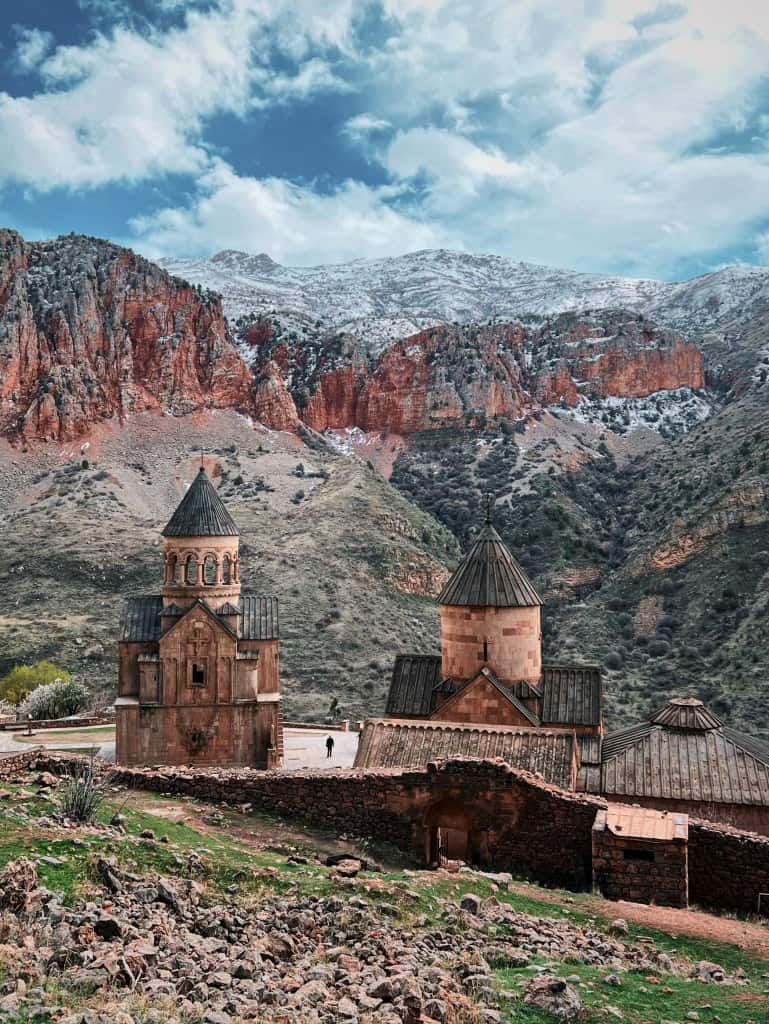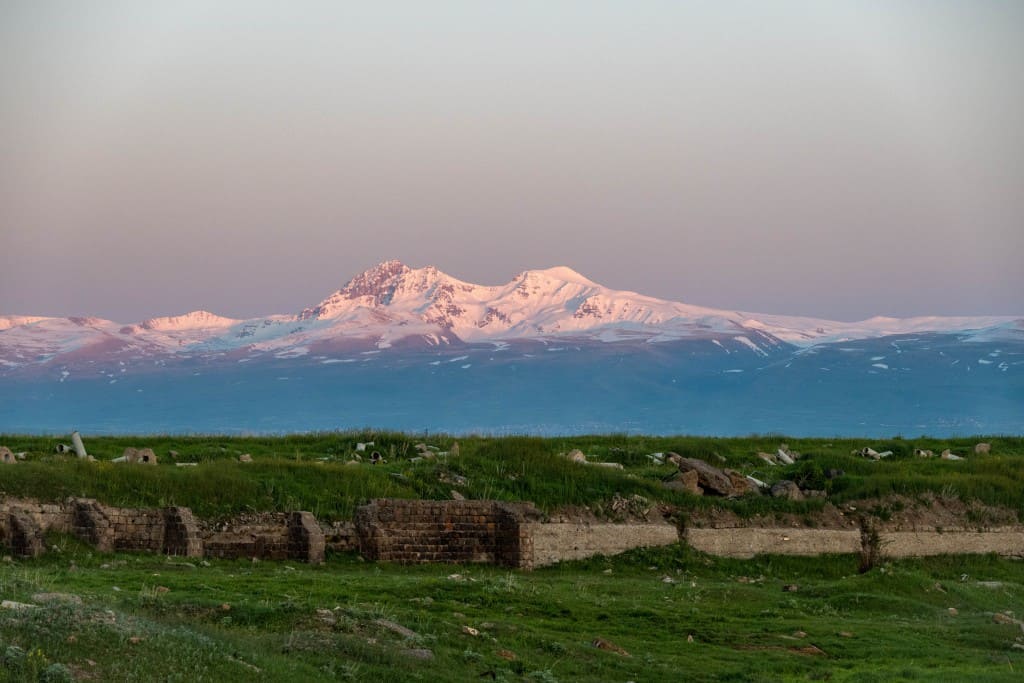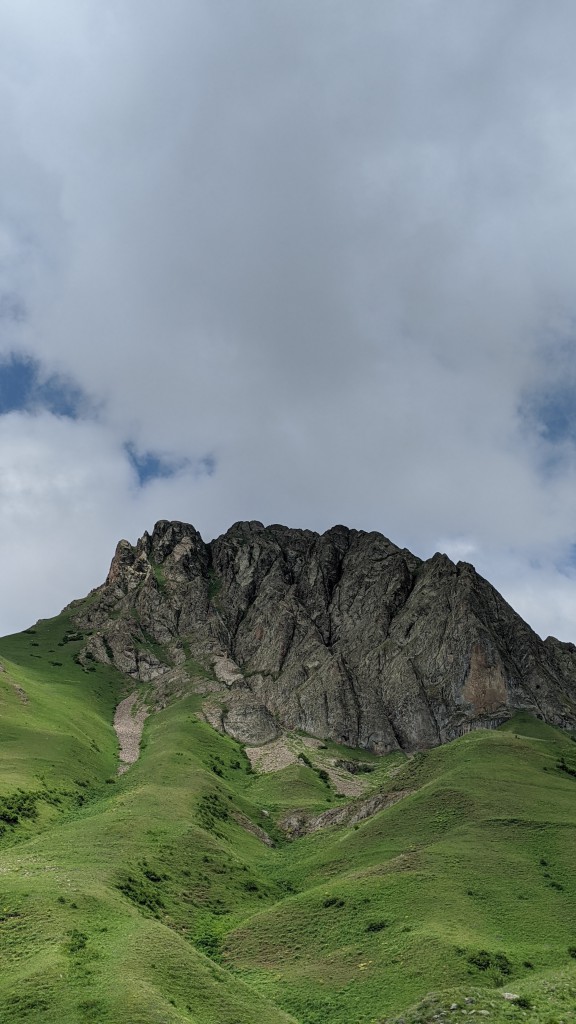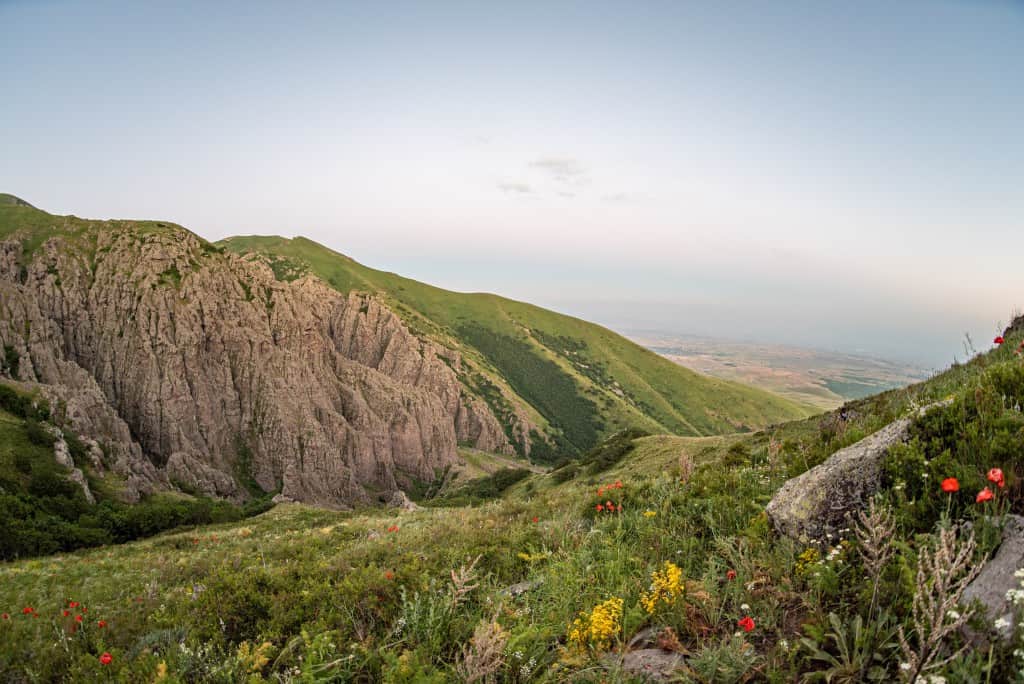With its rich history and breathtaking landscapes, Armenia has long captivated worldwide travellers.
And now, the country offers an extraordinary adventure for hikers: the Transcaucasian Trail.
This newly established long-distance trail system showcases Armenia’s diverse beauty. Weaving through mountains, forests, lakes, and ancient cultural sites. The Transcaucasian Trail (TCT) in Armenia is part of a larger project aiming to create a continuous trail network. Which will one day link Armenia with Georgia and Azerbaijan via a 1,800-mile network. It runs west-east from the Black Sea to the Caspian, and north-south from the Greater to the Lesser Caucasus.

The Armenian section of the TCT traverses approximately 535 miles, providing visitors with the opportunity to enjoy stunning landscapes and explore its natural wonders. Traverse diverse terrains, including mountains, alpine meadows, dense forests, and serene lakes. The trail is designed to highlight the country’s hidden gems, allowing visitors to discover remote villages, ancient monasteries, and archaeological sites along the way.
Visitors can follow trail markers across the nation to witness the volcanic domes of the Gegham Mountains and the emerald depths of Vorotan Canyon. The trail also passes three UNESCO-listed monasteries, which speak to Armenia’s history as the first country to establish Christianity as the state religion.
Some of the highlights of the TCT in Armenia:
Dilijan National Park
Nestled in the lush forests of northern Armenia, the park is a prime attraction along the Transcaucasian Trail. Hikers can explore its well-marked paths, encounter endemic flora and fauna, and relish the tranquillity of its pristine lakes and waterfalls.
Lake Sevan
As the largest lake in the Caucasus region, Lake Sevan is a breathtaking sight along the TCT. Its turquoise waters and surrounding mountains create a picturesque backdrop for hikers to pause and enjoy the awe-inspiring scenery.
Ancient Cultural Sites
The Transcaucasian Trail offers an opportunity to explore Armenia’s rich history. Along the route, hikers can visit ancient monasteries, such as Tatev Monastery and Noravank Monastery. They can also explore medieval fortress ruins, such as Amberd Fortress. These cultural landmarks provide a glimpse into Armenia’s architectural heritage and spiritual traditions.

Mount Aragats
Rising majestically to 4,090 meters, Mount Aragats is a challenging yet rewarding adventure for experienced hikers. Scaling its peaks rewards climbers with panoramic views of the surrounding landscapes, including Aragats’ four distinctive summits.
Wildlife
Armenia is rich with endemic wildlife, home to wild boar, reptiles, and even a large number of endangered species. Even though the country spans a relatively small area in Asia, the mountainous terrain has created many habitats for wild animals and migratory birds. The possibility of encounters with Syrian brown bears and grey wolves adds to the appeal of hiking the TCT, as do tales of the recent return of the Caucasian leopard.
Local Hospitality and Cuisine
One of the most appealing aspects of hiking the Transcaucasian Trail in Armenia is the warm hospitality extended by local communities. Villagers along the route often welcome hikers into their homes. Offering a glimpse into traditional Armenian life it provides an opportunity to savour delicious homemade food. Armenian national cuisine is as ancient as Armenia’s history. It combines a variety of tastes and aromas, various spices, vegetables, fish and meats. If you’re lucky, you may even try Khorovats, Lavash, Dolma and Gata.

Weather
Parts of the route are still off-trail and will need independent route-finding. Caucasus weather and terrain conditions can be harsh. Visitors accustomed to the more well-groomed trails of Europe and North America may have a different understanding of what makes up a “trail”. Hikers should be prepared to be self-sufficient for extended sections.
Also to note, emergency medical care and search and rescue may often be unavailable. Yet if you come prepared for self-sufficiency and diverse terrain you’ll enjoy traversing one of the most culturally, linguistically, and geographically diverse parts of the world.

Trail blazing
Armenia was once the realm of intrepid hikers who connected the dots on their own. The TCT is expected to draw a hundred through-hikers this year (and thousands more day hikers). This gives the country a way to draw “soft adventure” travel as well. All the while, the trail has fostered a burgeoning outdoors movement within Armenia, with local trail clubs helping maintain the route.
A similar buzz now exists across the border in Georgia, which has 84 miles of TCT complete. Azerbaijan has also joined in where government funding jump-starts trail development. Armenia and Azerbaijan have fought two wars over the disputed region of Nagorno-Karabakh. Tensions remain high and borders are closed (the TCT will enter Azerbaijan via Georgia).
Whether you’re an experienced hiker or a novice explorer, the TCT offers a variety of routes and levels of difficulty to suit every preference. With careful planning, proper equipment, and respect for nature and local customs, you can embark on an epic journey. It may not only challenge you physically but also enrich your understanding of Armenia’s landscapes and heritage.
So, pack your backpack, lace up your hiking boots, and embark on an unforgettable adventure along the Transcaucasian Trail in Armenia. Let the awe-inspiring beauty and warm embrace of this remarkable country leave an indelible mark on your soul.
Useful links:
Hike Armenia: https://hikearmenia.org/
Trails for Change: https://www.trailsforchangengo.org/
Transcaucasian Trail: https://transcaucasiantrail.org/en/hike/thru-hike-armenia/









